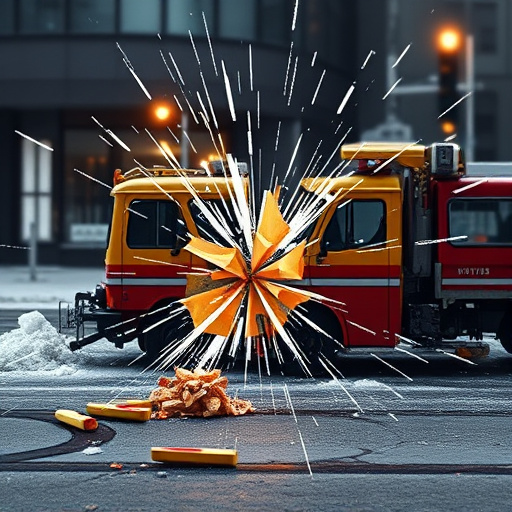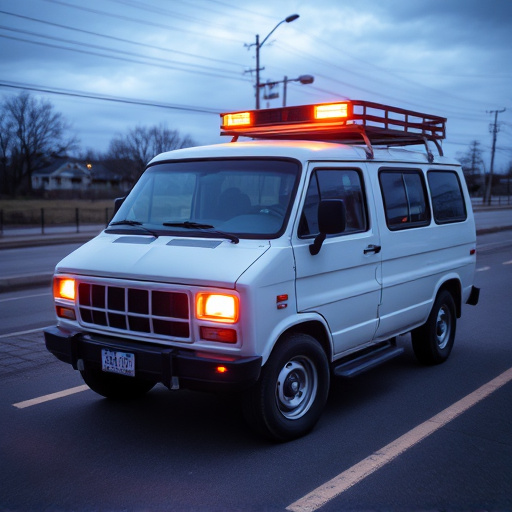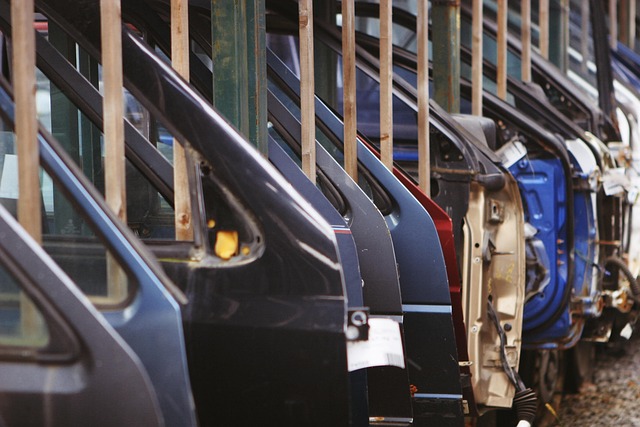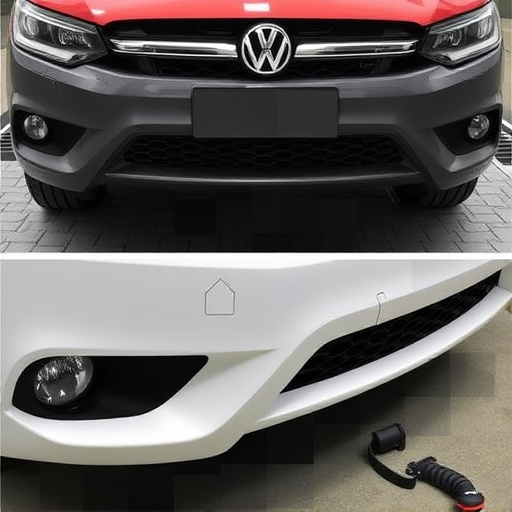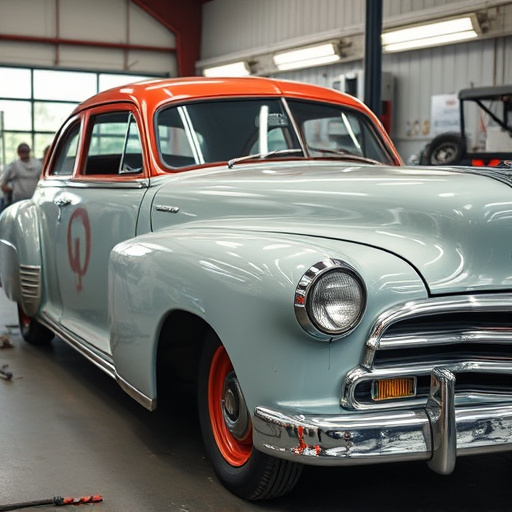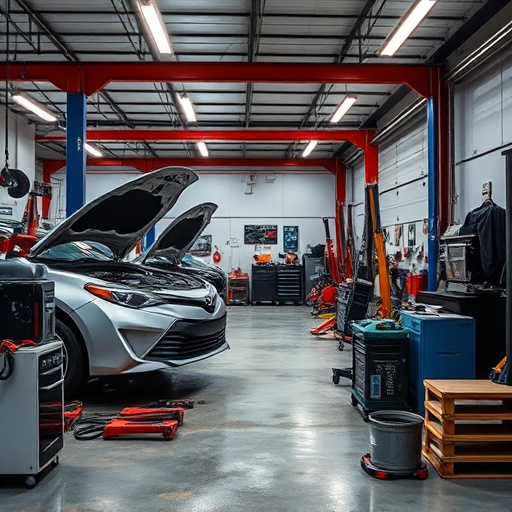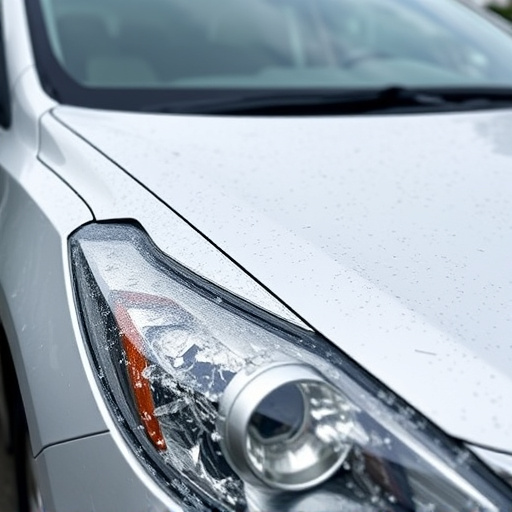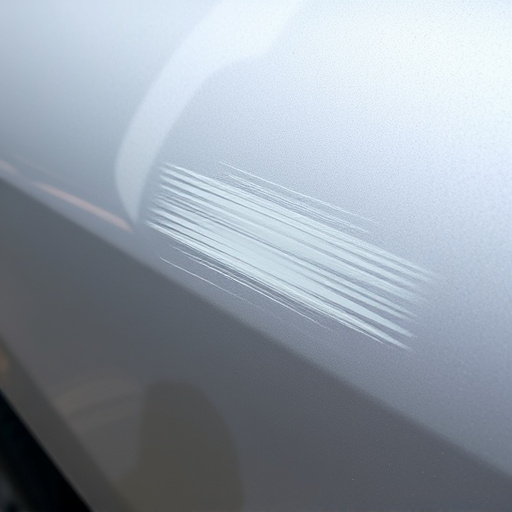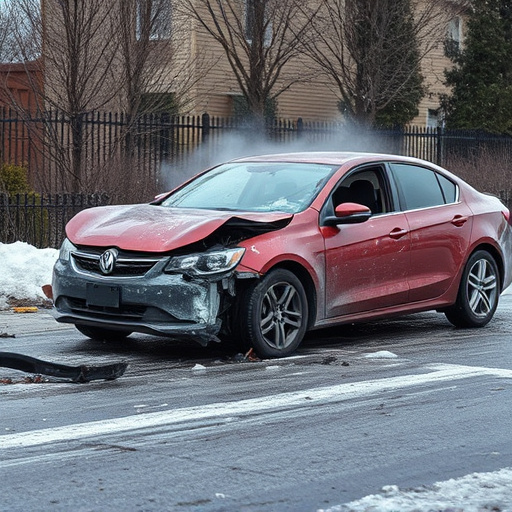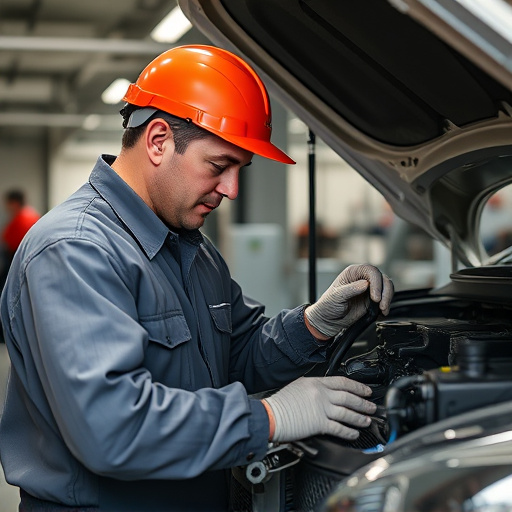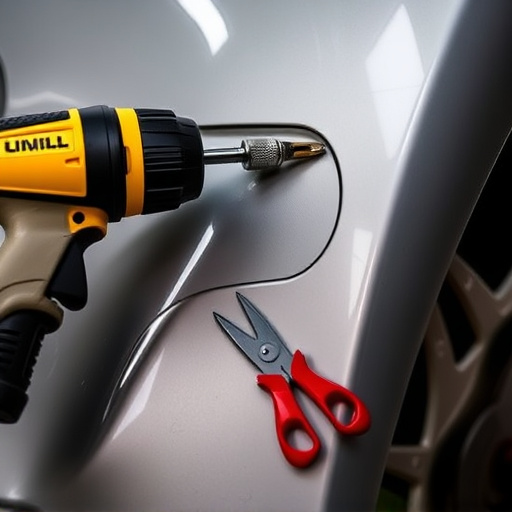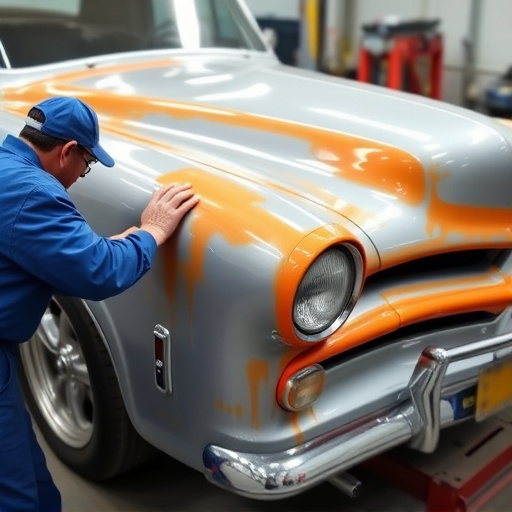Evaluating headliner damage after a collision is crucial for accurate repairs. Auto body shops assess impact location, intensity, and structural integrity to determine needs, from minor scratch repairs to complete headliner replacement. Skilled technicians use advanced tools and tailored techniques for precise restoration, ensuring safety and aesthetic appeal post-collision.
In the aftermath of a vehicle collision, understanding how severity impacts headliner damage is crucial for efficient repairs. This article delves into the intricate relationship between collision intensity and headliner repair needs. We explore common types of headliner damage, from minor creases to significant tears, offering insights for evaluators. Key considerations for effective repairs, including advanced techniques and material choices, ensure not only functional restoration but also adherence to safety standards in headliner replacement, enhancing driver and passenger protection.
- Understanding Headliner Damage in Collisions
- Evaluating Collision Severity for Repair Decisions
- Effective Repairs: Techniques and Considerations
Understanding Headliner Damage in Collisions
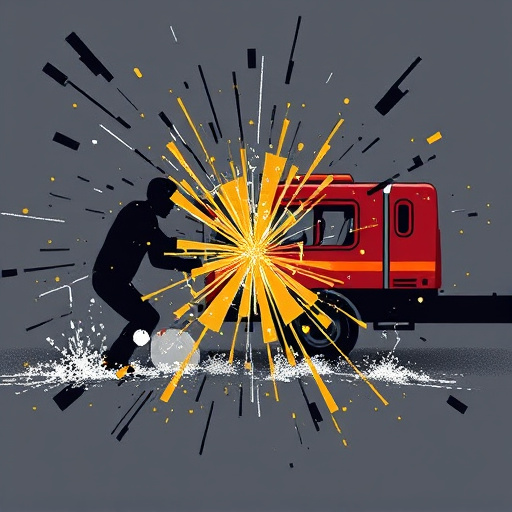
In the aftermath of a collision, evaluating headliner damage is crucial for determining headliner repair needs. Headliners, which line the roof and interior ceiling of a vehicle, often sustain various types of damage, ranging from simple dents to complete separation, depending on the severity of the crash. Even minor fender benders can cause subtle warping or bulging in the headliner, while more significant collisions may result in extensive tears, rips, or even the need for complete replacement.
Understanding these potential damages is essential when considering headliner repair. A professional auto body shop specializing in car dent removal and bodywork will assess each case individually, using their expertise to determine the extent of the damage. This process involves meticulous inspection, including checking for hidden issues like compromised structural integrity or loose debris trapped within the headliner’s fabric. By carefully evaluating these factors, auto body shops ensure that any repairs are both effective and thorough, restoring the car’s safety and aesthetic appeal.
Evaluating Collision Severity for Repair Decisions
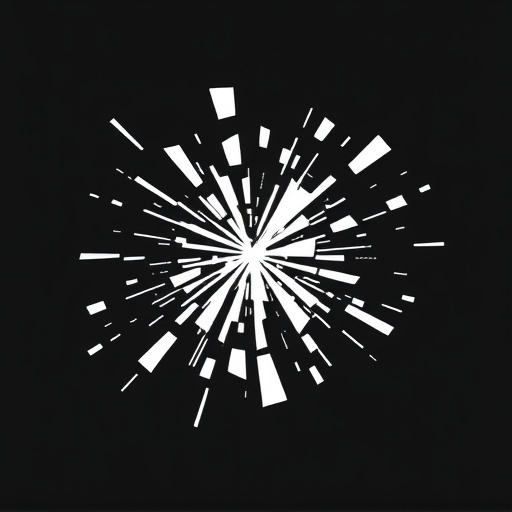
Evaluating Collision Severity is a critical step in determining headliner repair needs. After a vehicle collision, assessing the damage involves considering multiple factors, from the impact location and intensity to secondary impacts and structural integrity. The severity of a collision can range from minor dents and dings to complete roof failures or complex crumpling. For headliners, even seemingly minor accidents can cause issues due to the delicate nature of these interior components.
In cases of severe collisions, where the vehicle’s structure is compromised, headliner repair may not be feasible or safe. In such scenarios, complete replacement might be necessary, involving intricate processes like automotive collision repair and subsequent vehicle restoration. Conversely, minor scratches or aesthetic imperfections can often be addressed through targeted scratch repair techniques, offering a cost-effective solution without compromising structural integrity.
Effective Repairs: Techniques and Considerations
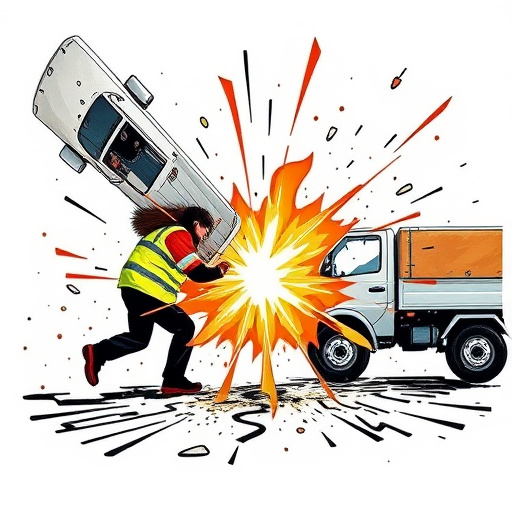
Effective repairs for headliner damage after a collision require a meticulous approach and specialized techniques. The severity of the crash directly impacts the extent of headliner repair needs, from simple cleaning and replacement of minor tears to complete reinstallation. Skilled technicians in a reputable car body shop assess each case individually, considering factors like the type of vehicle, age of the headliner, and the scope of damage. Modern vehicle repair services often employ advanced tools and materials to ensure precision and longevity in headliner repairs.
For instance, techniques may include using specialized adhesives for secure reattachment, meticulous stitching for ripped or loose material, and custom-cut replacement pieces to match the vehicle’s unique specifications. In some cases, an entire headliner replacement might be necessary, which demands precise measurement and expert installation to maintain safety standards. Proper ventilation and moisture control are also crucial considerations during the repair process, especially in a car body shop handling water damage from flooded vehicles.
Collision severity plays a pivotal role in determining headliner repair needs. By meticulously evaluating damage types and extent, professionals can make informed decisions, ensuring effective repairs that restore safety and aesthetics. Understanding these factors is key to optimizing headliner repair processes and customer satisfaction within the automotive industry.
